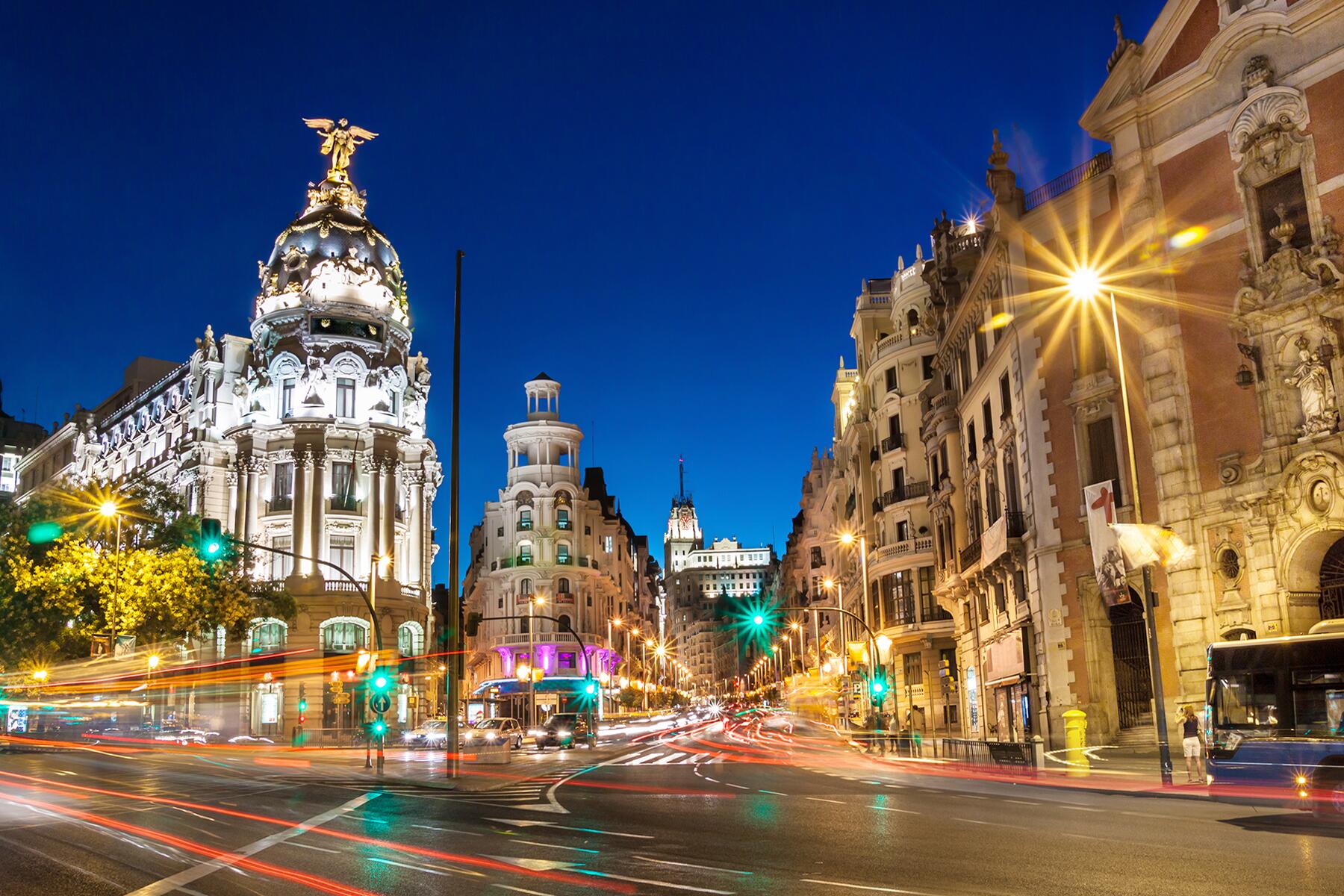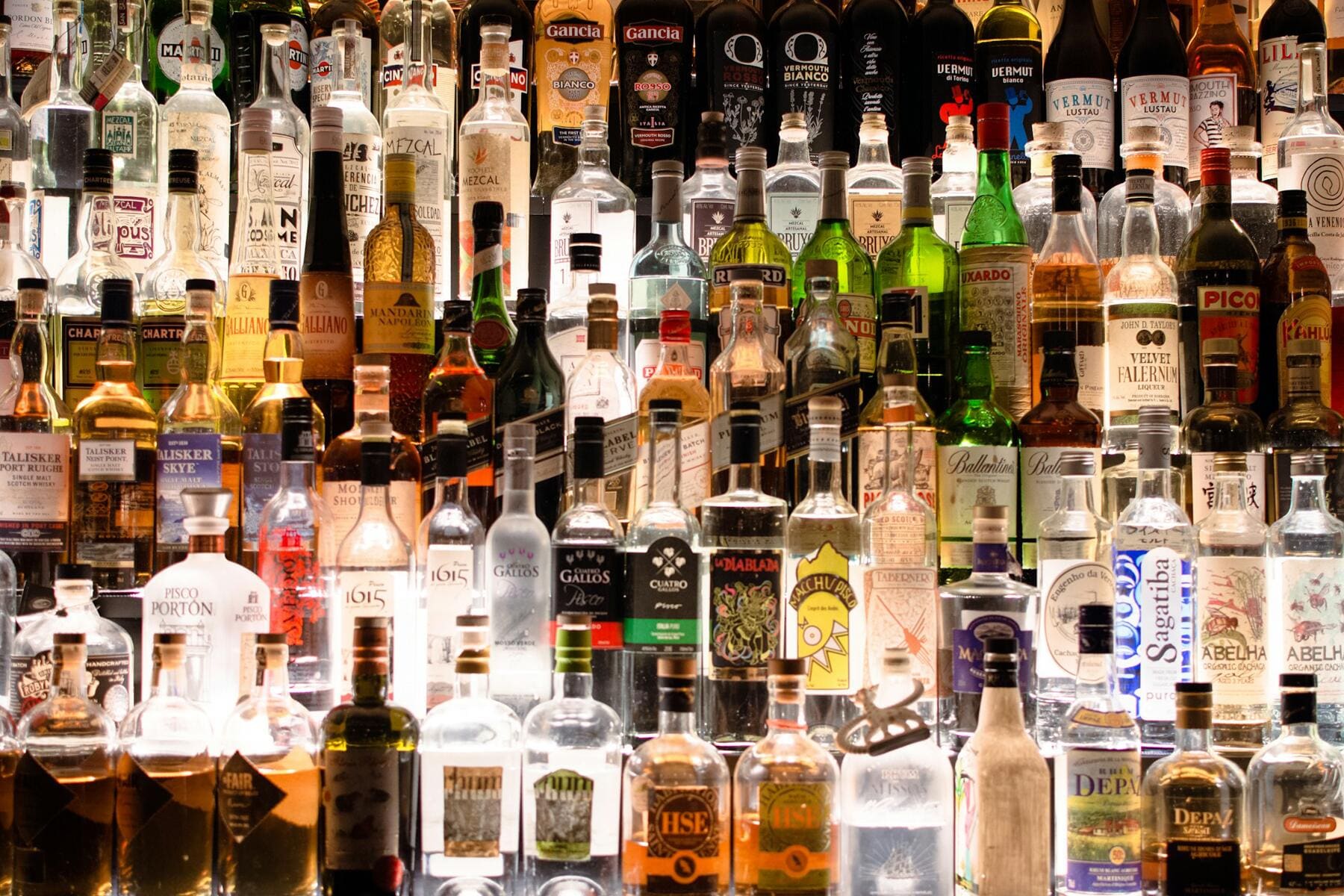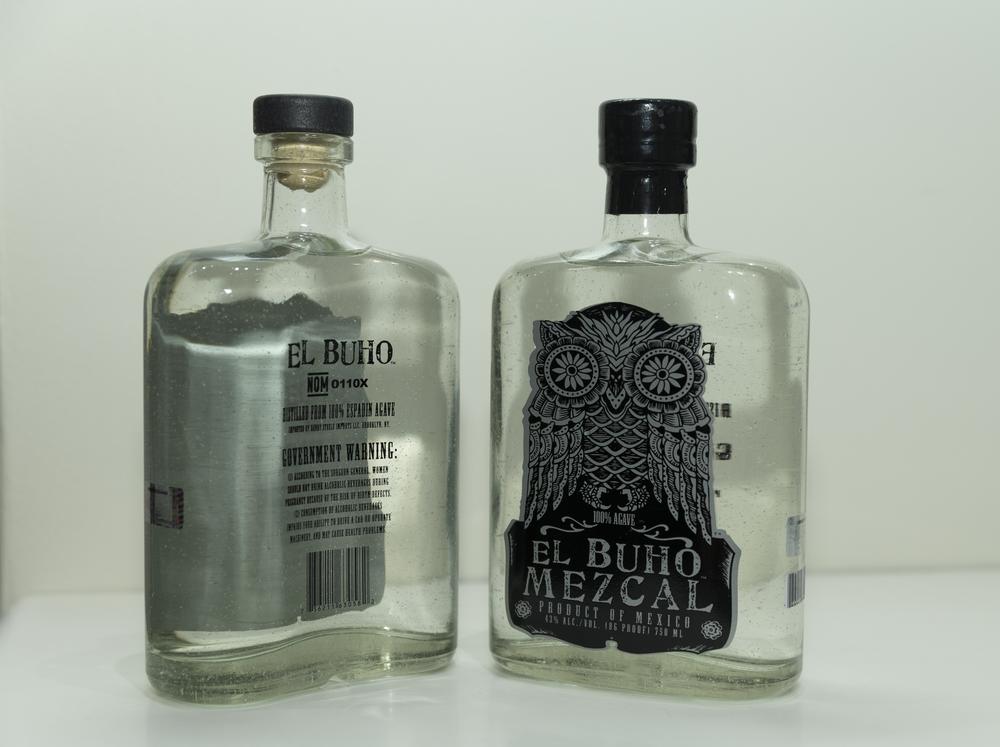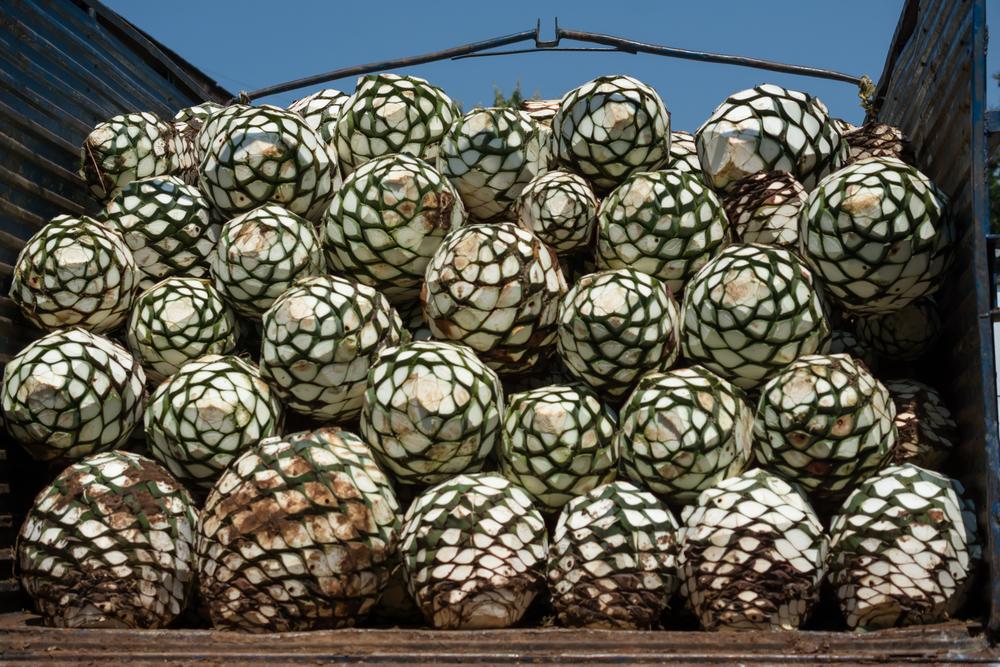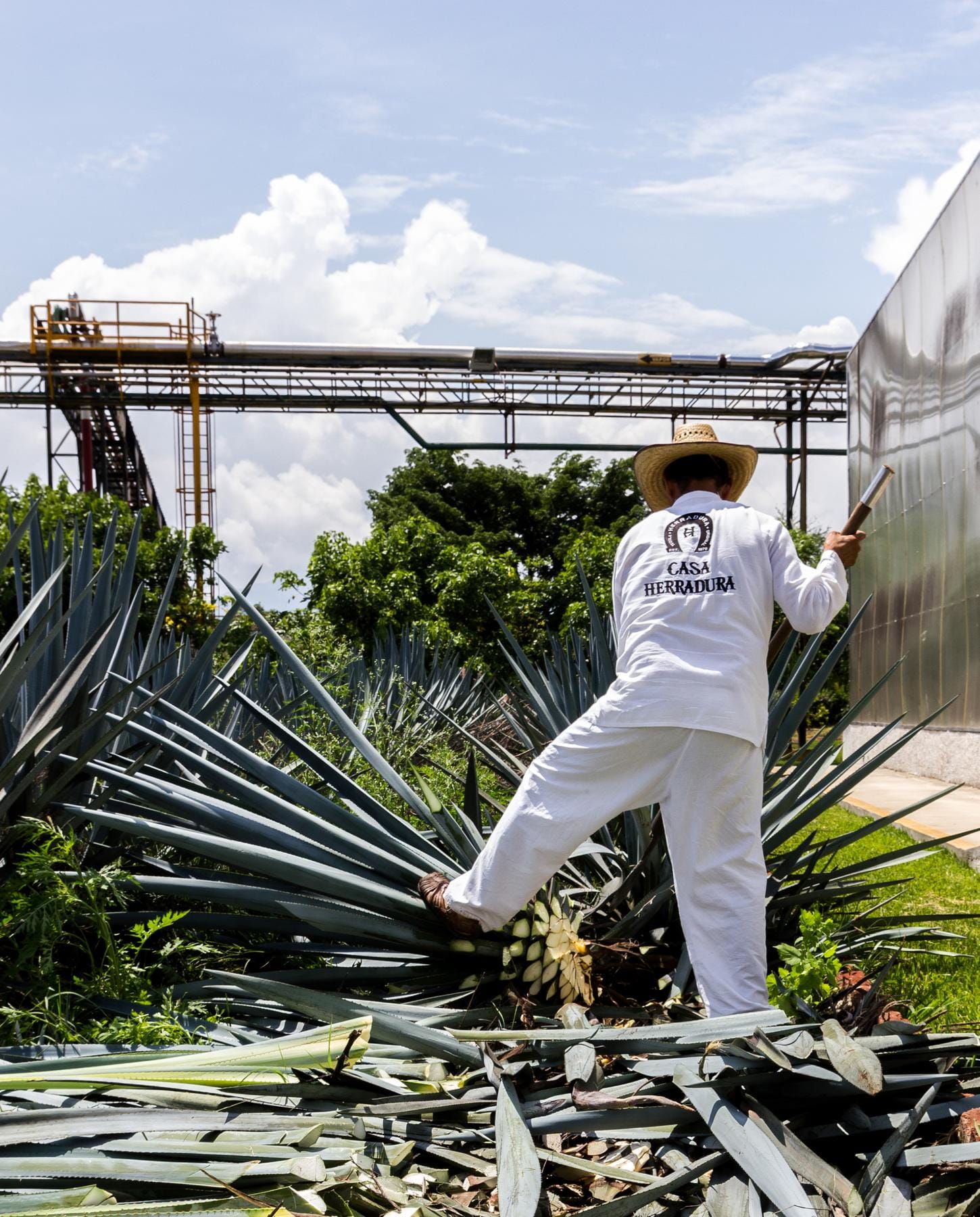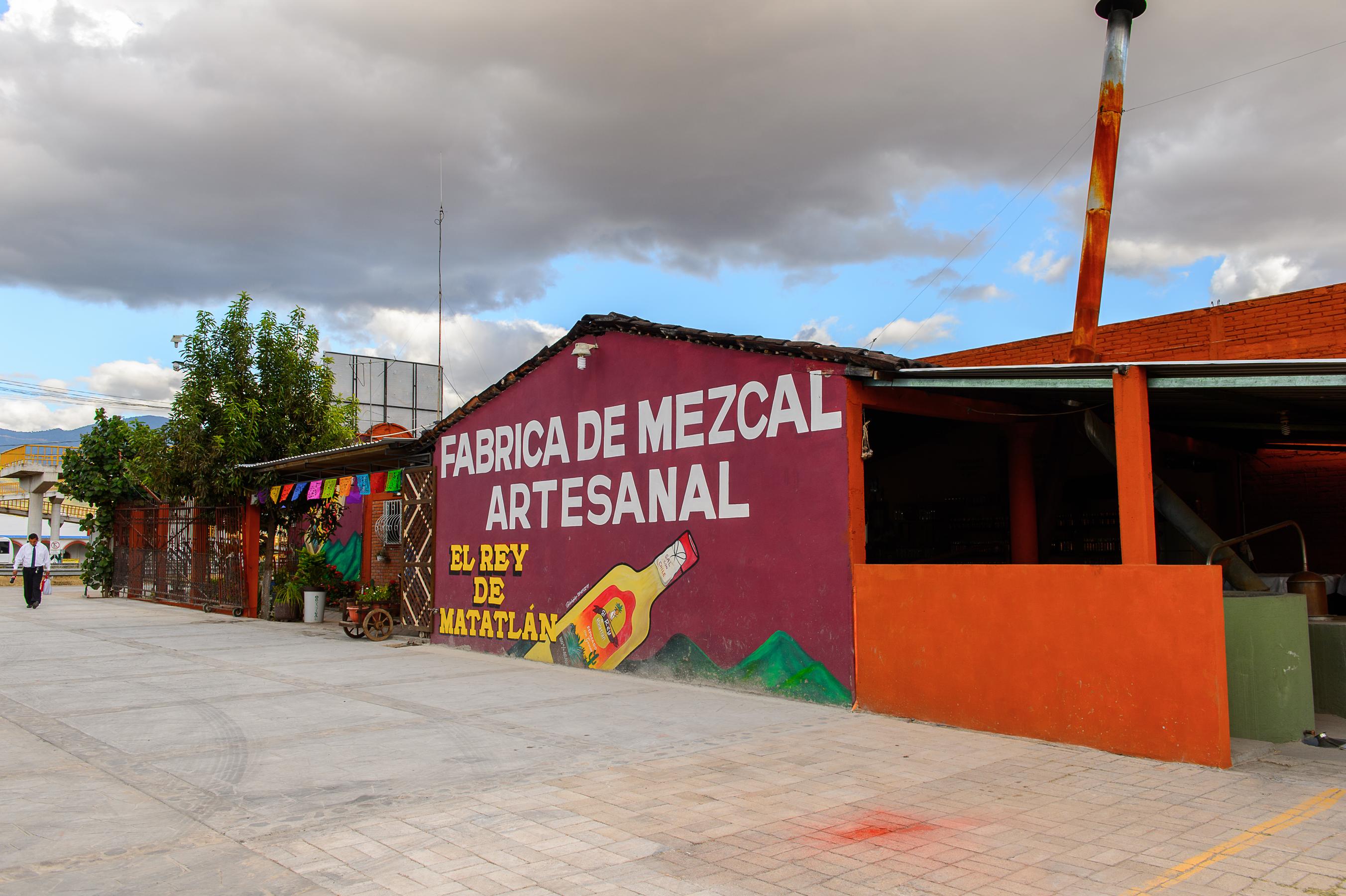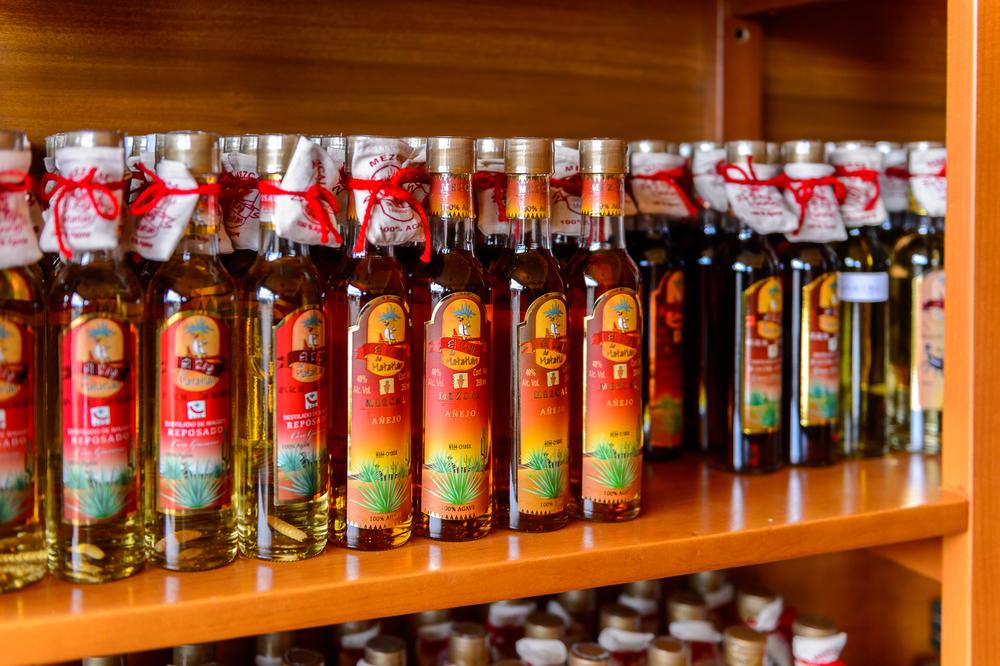Mexico’s ancient spirit, Mezcal, seeps into the country’s culture and history.
Mexico’s ancient spirit, Mezcal, seeps into the country’s culture and history. Evident in its bold, smoky taste, mezcal is full of rich complexity. It is arguably the oldest spirit in North America, yet a sip of it can still baffle many palates outside of Mexico. It’s not quite tequila, and tequila isn’t quite mezcal. Mezcal production is steeped in tradition, yet booming international demand, in contrast with old methods, could mean the future of mezcal is at risk. The wonder of mezcal lies in its meticulous production, unique but varied taste, and in the beautiful people and places behind its celebration, tradition, and future.
What is Mezcal?
You could think of mezcal as an ancestor of tequila. Both made from agave, tequila is produced at an industrious, heavily regulated level, whereas mezcal is made using diverse but traditional methods in small communities throughout Mexico. Tequila must only come from one type of agave (blue) and one region (Jalisco), but mezcal is made from over thirty agave species and varietals, and in several Mexican regions (Oaxaca being the most popular). In flavor, you can expect a complexity ranging from smooth to very bold, a sweet, smoky quality, floral and vegetal notes, and earthiness. Region, type of agave, distillation techniques, and age all contribute to the fact that mezcals vary so much in taste.
Recommended Fodor’s Video
For centuries, Mezcal has been present in Mexican households, made at home or close by in the palenques (primitive distilleries) and is consumed religiously alongside other cultural activities. Today, many brands focus on making mezcal that benefits the local communities where it is grown, harvested, and distilled, and on sustainable methods that will preserve the land and precious agave strands for future generations.

Making Mezcal
Mezcales Milagrito respectfully simplifies the creation of mezcal into five parts: la tierra (the earth), la planta (the plant being agave, the life source of mezcal), la mano campesina (the farmer’s hand), el maestro (the master and expertise), and el producto/la experiencia (the finished product and experience of enjoying mezcal).
Today, most mezcal is produced using centuries-old traditional methods. Agave (locally called maguey) is grown and carefully chosen based on maturity, sugar levels and other ideal factors, then cut down to its heart, or piña. The piñas are placed into an oven (often a large, earthen pit), where they gain their signature smokiness and starches break down for fermentation. Much of the variation in mezcal comes next, where the maguey can be pulverized by hand, shredded, or placed in a cement molino to be crushed by a stone wheel. The resulting mash is fermented in copper or clay pots. The master distiller then carefully chooses what concentrations of the fermentation will make the best mezcal.
Mezcal’s Present and Future
Mezcal’s rising popularity challenges its small and traditional producers as sellers struggle to quench the world’s thirst. Take, for example, the fact that most magueys take almost a decade to mature before being harvested–in contrast with other products used to make liquors (barley, rye, apples, potatoes), that are easily harvested each year.
With regulations that are already starting to change, corporations could industrialize mezcal for larger scale production, allowing more distribution to interested foreign markets and more profit for big companies (and probably the government). All this threatens the traditions and people responsible for centuries of mezcal. Much of what is starting to happen with mezcal is similar to what happened to tequila production in Mexico long ago.
But mass-produced mezcal doesn’t work for several reasons: it risks the future of the plant (when wild strains are stripped away quicker than they can be replanted) and it dishonors the nature of the spirit as being one of the people, the small village, and the family. Also: it doesn’t taste good. Mezcal’s quality and complex taste are built, layer by layer by the careful methods of its ancient production process.
Many of the mezcals imported in the U.S. today combine American interest (and investment) with an effort toward keeping production traditional, local, and ecological. At Del Maguey, founder Ron Cooper (an early American “pioneer” to foreign mezcal interest) sells Single Village Mezcals: throughout small villages in Oaxaca, indigenous peoples produce each unique bottle of mezcal at a micro level using traditional methods and local palenques. Del Maguey prides itself on its sustainable methods: planting and cultivating agave-based on careful planning and implementing reforestation..
Cooper’s own nonprofit, alongside other organizations in the mezcal community of Oaxaca, have made efforts in the last 10 years to promote education and consciousness about sustainable maguey growing and mezcal production throughout Mexico. The future of mezcal depends on producers and sellers taking sustainability methods seriously and on a dedication to small, traditional production.

Enjoying Mezcal Throughout Mexico
Visit Mexico with mezcal on your agenda and you can expect to gain intimate knowledge of beautiful Mexican peoples, cultures, and traditions. Add mountain vistas, farm visits, late-night cantina dance parties, and great food and drink, and you have yourself a fantastic trip. And don’t worry: agave enthusiasts swear that the spirit’s natural process means fewer hangovers.
Mezcal cocktails may be growing in popularity, but the best way to enjoy the spirit is straight (sip it: it’s not a shot). It is often served with an orange slice and the spicy sal de gusano. Region, type of agave, age, and choices made by the maestro mezcalero all contribute to varieties in taste from bottle to bottle. By all means, taste everything; but if you’re timid about mezcal, start with an Espadín Joven, an unaged mezcal made from the most commonly used agave variation. Most Espadín Joven mezcals will be clear in color, very smooth, and sweetly smoky.
Touring Mezcal Production
A mezcal tour is a great way to gain access to distilleries and farms not necessarily open to the public, with the added ease of provided accommodations and expert knowledge from the guides. Tour guides will often assist in purchasing mezcal and the hows and whats of taking it back to the states.
Experience Mezcal offers single day, four-day, and custom tours throughout distilleries in Oaxaca not otherwise accessible to tourists. A single day small group tour ($200 USD) from a local bilingual guide includes pickup, palenque visits and tastings, and a traditional Oaxacan lunch.
Mezcal Educational Tours promise an authentic experience and a real understanding of mezcal production beyond something curated for tourists. Single day group tours (these sell out fast) travel through the beautiful Oaxacan hills and their villages, visiting several distilleries, with time spent chatting with mezcal business among Zapotec families. The company can also curate tours for photographers and documentarians, and offers multi-day intense excursions for restaurant owners and bartenders (or just hardcore mezcal fans).
In Oaxaca City, make a reservation for a tasting at La Mezcaloteca, where you will spend an hour learning technique and sipping unique varieties in the cozy bar room.
Mezcalerias and Mezcal in the Mexican Nightlife
Lively, musical, well stocked, and often serving Oaxacan cuisine, there’s really not a bad mezcalería (mezcal bar) in Mexico–and plenty to choose from if one is not your taste.
In Mexico City–with its overflow of culture and nightlife, Oaxacan transplants, hipsters, and ahead-of-the-curve food and beverage savants–you could try hundreds of different mezcals without leaving the capital and have a really good time doing it. In Condesa, there’s the perfectly divey La Clandestina (cozy tables of oranges and sal de gusano everywhere, hundreds of mezcal bottles lining the walls, and Oaxacan comfort food); El Grifo, the boutique mezcal and beer vendor with a tiny storefront and seating in the jungle-like garden; or the refined and airy Los Amantes in Polanco, boasting the largest Mezcalería in the world.
Museo del Tequila y el Mezcal offers a compact and tasty experience. It’s not as much mezcal for your money as a night at a divey mezcaleria (a basic visit includes a tequila and mezcal sample), but you’re paying more for the guided tour and visual experience as well asaccess to the restaurant on the second floor.
The Puebla region is the latest to be officially approved for mezcal production, and tasting in Puebla promises cutting-edge mezcals. Go to Mezcalería Coyoacan (a few blocks from the central plaza) for that pleasant, intimate cantina experience that (if you’re drinking your way through Mexico) should start to feel familiar by now.
La Fundación Mezcalería in Mérida (calle 56 between 51 & 53) is a must for nightlife and mezcal fans touring the Yucatán. When the bar is open (the thrill of catching this bar on Thursday and Saturday nights adds to its allure), it’s packed with the Yucatán’s hip and friendly. The music is as enjoyable and varied as the mezcal selection, and there are Oaxacan snacks sold in the courtyard. A sign above the bar reminds visitors that mezcal is more than just a choice to make at cocktail hour: La Mezcal no es una moda: son siglos de tradición–mezcal is not a trend: it’s centuries of tradition.

PLAN YOUR TRIP: Visit Fodor’s Mexico Guide
